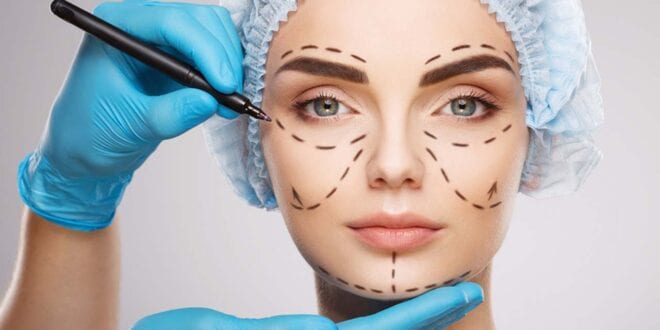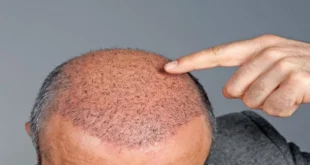The COVID-19 pandemic has done a lot to throw our day-to-day lives off completely. It’s been next to impossible to plan anything these days, and the current data suggests that we’ll be dealing with this disease for quite a while longer. Healthcare is one of the sectors that face imminent danger of coronavirus exposure, and this is particularly true for plastic surgeons whose general responsibility involves interacting with people one-on-one. Even during a pandemic, they’re working to provide elective procedures to those in need. For these professionals, safety and smooth running of daily activities during uncertain times are of utmost priority as well.
However, everyone needs to observe the safety principles to help stop human-to-human transmission and preserve medical resources. This guide outlines what you need to know about plastic surgery procedures during the pandemic.
Plastic Surgery during Covid-19
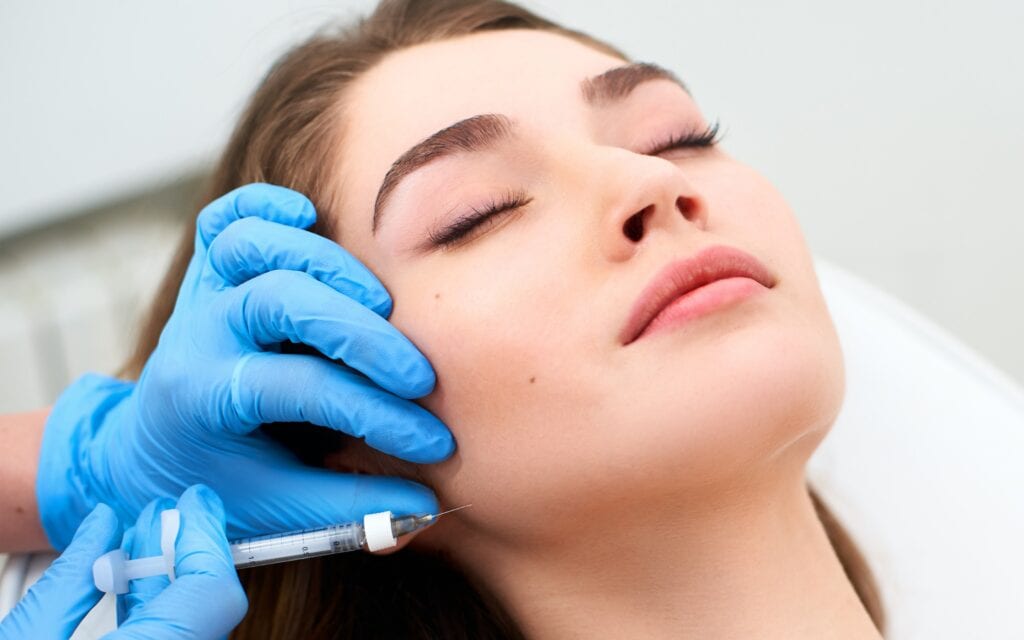
Whether you’re looking to undertake your first surgery or considering another procedure, it is critical to find plastic surgeons who observe the highest safety and health standards for patients and their workforce. This means that when seeking treatment, minimum standards should be followed. For that matter, the American Society of Plastic Surgeons (ASPS) has provided various recommendations to help keep everyone safe. Furthermore, the government and regulatory guidelines require that patients look for surgeons who adhere to the state and county health departments’ safety policies; Centers for Disease Control and Prevention (CDC); as well as regulations provided by the federal governments for ambulatory associations.
Plastic surgeons like Neaman Plastic Surgery are also adhering to additional health and safety protocols. Many plastic surgery professionals have already implemented the set guidelines to ensure patients and surgical staff members are protected from infections. Most of them follow social distancing rules by cutting the number of patients making office visits. Instead, they have embraced virtual consultations to meet customer needs. Also, they have significantly eliminated shared space, such as waiting rooms.
Surgical staff (and patients) need to wear face masks and use correct personal protective equipment to prevent infections. Plastic surgeons are also expected to implement a complete cleaning and sanitation program between patient visits and air exchange rooms based on the CDC guidelines of air recirculation.
Should You Wait?
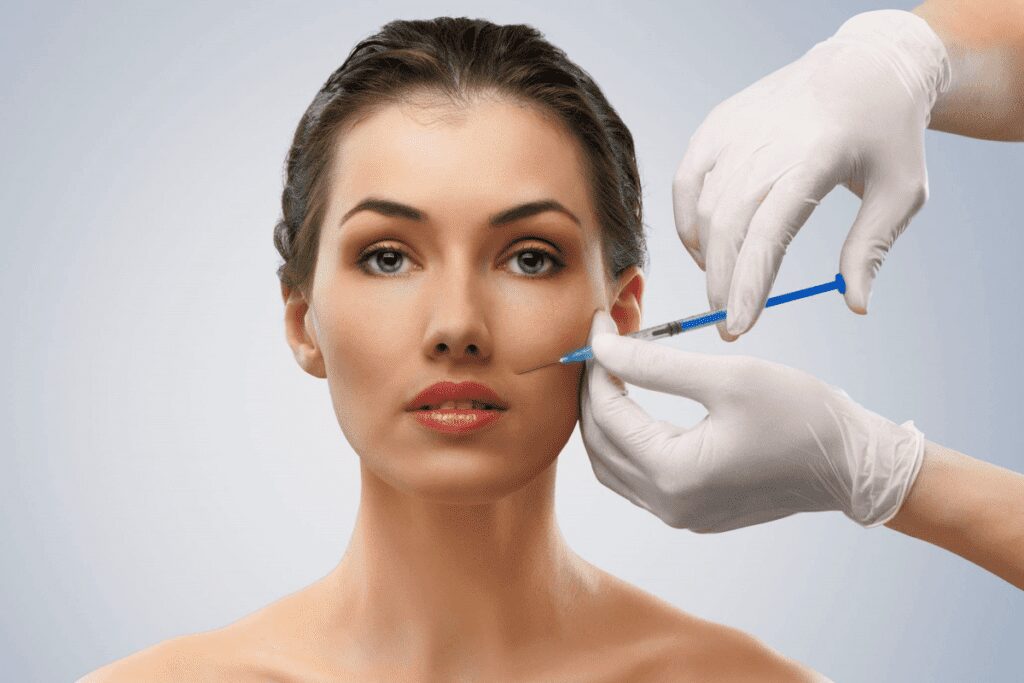
If you need a surgical procedure, there is no justifiable reason why you should wait. Even during the coronavirus pandemic, it is possible to schedule plastic surgery whenever you need it. Most surgeons observe the health and safety guidelines to ensure you’re protected from inspections.
Self-protection and infection control

Protecting themselves from infection is a top priority to all plastic surgeons because they can potentially transmit the disease to other patients. To facilitate infection control, most surgical professionals follow simple steps such as separating hospital clothing and protective gear and avoiding accessories like waist belts, finger rings, watches, and tying hair proper. All surgical staff members are also expected to wear face masks whenever in the hospital. They also need to use a separate pair of spectacles to avoid using similar contact lenses.
Another best way to prevent infections is to avoid bringing hospital items or equipment home and leaving them at the hospital to protect family members or any other patient. Plastic surgeons and surgeon staff also need to observe relevant guidelines when providing different surgical services.
Surgical Interaction
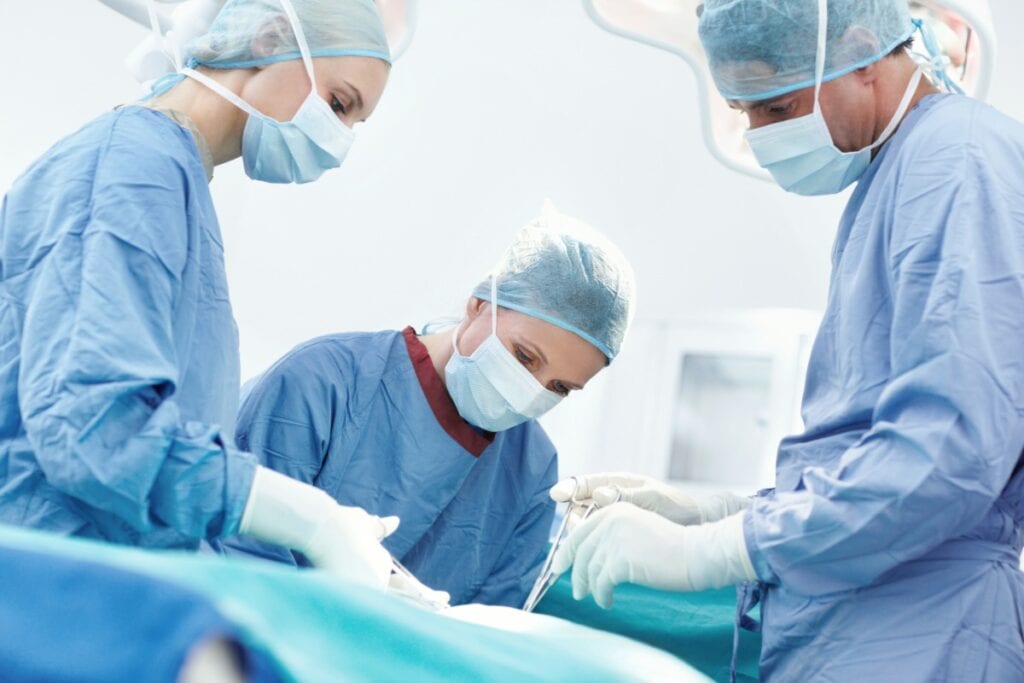
Non-emergency patient cases are often handled after virtual consultations to assess the particular need or reason for meeting the patient. During a one on one interaction with patients, surgical professionals are expected to wear protective gear such as masks and keep a social distance. Similarly, when examining the patient, the surgeon must wear gloves to avoid direct contact. Throughout the examination process, surgeons should wash or sanitize the gloves frequently.
Plastic surgeons also use face shields and cover their heads with a cap when examining sensitive areas such as the neck and oral cavity. Additionally, photography sessions and patient interaction are kept as brief as possible. When it comes to documentation, the digital option is encouraged; however, if a facility uses manual documentation, they should always use new sheets.
Wards
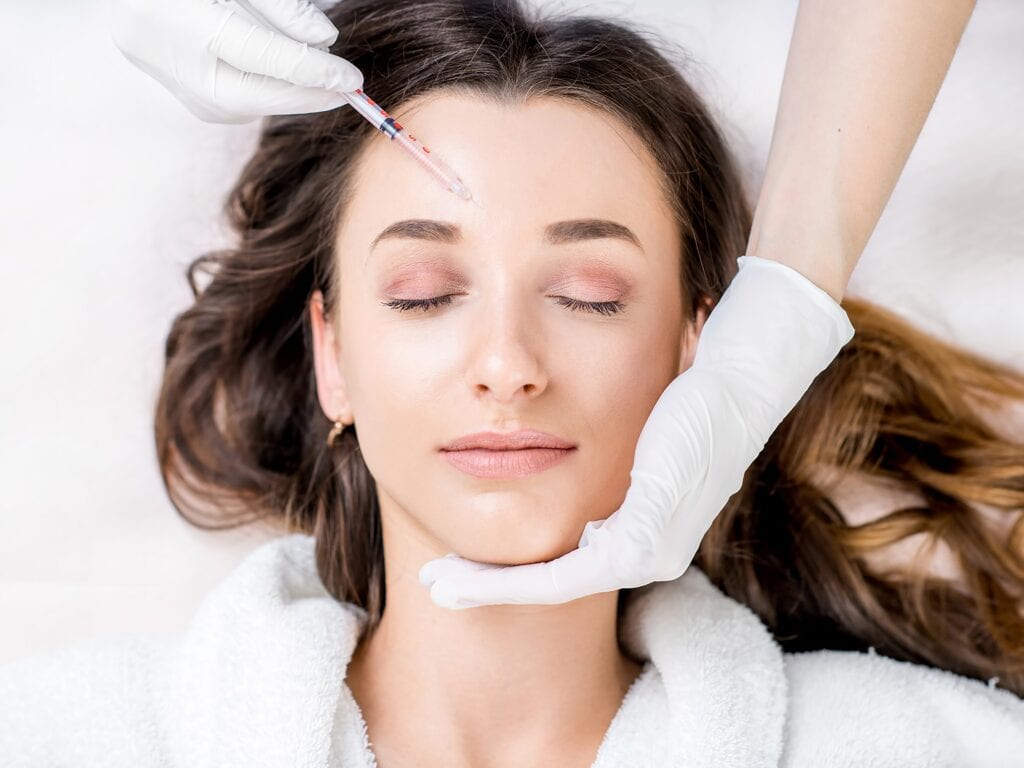
Like in other medical sectors, employees have been trained to make wards a safe place for patients and other surgical teams. Ideally, they should maintain a two-meter distance between beds as well as isolate high-risk patients. Although this step may reduce the number of beds, it can help prevent human to human transmission. Maintaining routine sanitization procedures of surgical equipment also helps keep them safe for reuse. Maintaining hand hygiene and cleaning hallways are also critical to maintaining top conditions.
Some surgical facilities also strive to separate high-risk patients such as the elderly and those with systemic illnesses and comorbidities. Limiting patient attendants is also highly encouraged, apart from young children, where the caretakers are restricted where necessary.
Operation Room
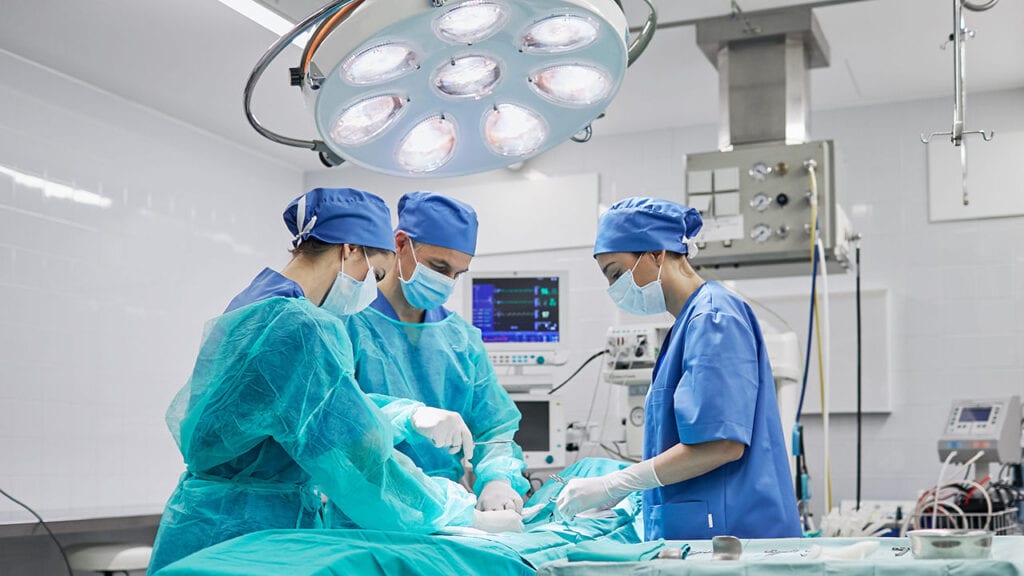
The operation room should proceed in a well-organized manner, with entries and exits adequately identified. OT technicians, OT attendants, Support staff, cleaning attendants, and scrub nurses should all be inappropriate personal protective gear. During surgery, the participating team is often in full protective gear, including a face shield, head cover, surgical gloves, and face shield. Disinfection of surgical equipment before and after surgery is also mandatory.
Support System and Resources
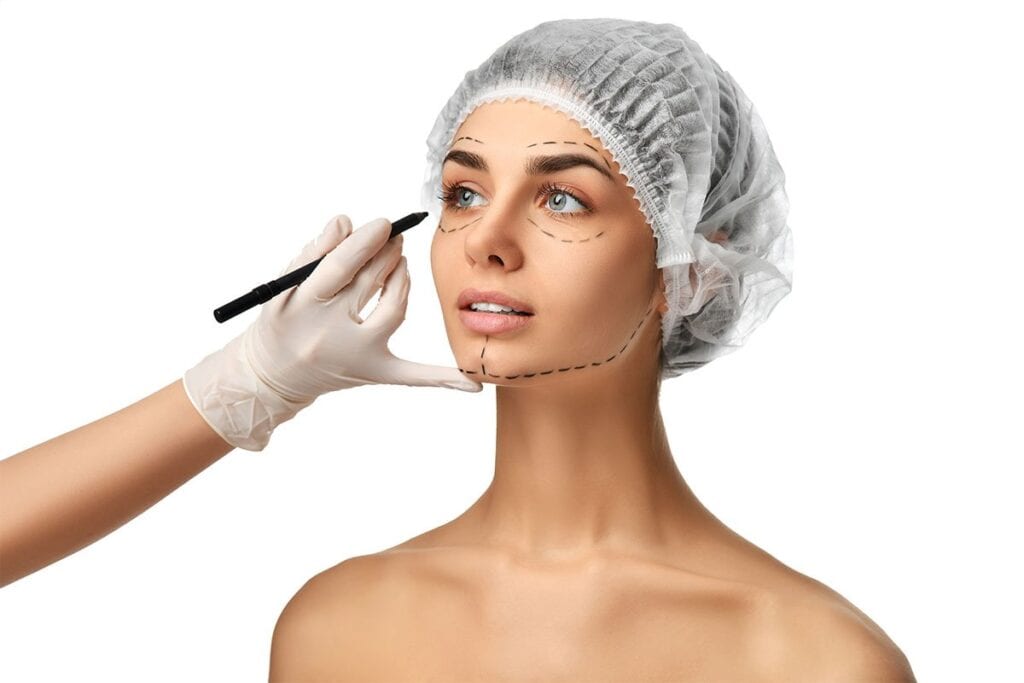
Encouraging appropriate use of personal protective equipment is essential. After use, the PPEs should be left with the staff directly trained on covid-19 care. Rotation of shifts has also proved to be a useful way to eliminate overcrowding in surgical facilities. Marking of areas is a great way to show patients which areas are at a high risk of spreading the virus. Furthermore, most surgical facilities can screen people on covid-19 based on hospital protocol. Most importantly, facilities today provide essential training to their staff regarding hand washing, screening, doffing, and disease transmission. The use of surface disinfectants in highly contaminated areas is highly recommendable.
Office
Many surgical facilities are trying to limit the number of people in offices. However, according to the nature of the services provided, it is impossible to eliminate everybody from the office. For that matter, they strive to protect office workers from infections by reducing the exposure risks. They achieve this by promoting electronic communication. Additionally, a rotation system for workers reduces overcrowding and the risk of exposure.
 Imagup General Magazine 2024
Imagup General Magazine 2024
